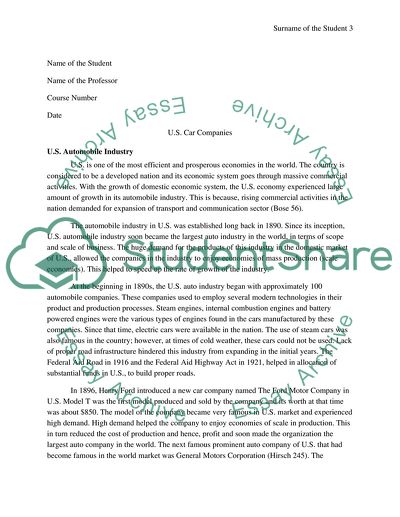Cite this document
(“U.S. Car Companies Essay Example | Topics and Well Written Essays - 2500 words”, n.d.)
Retrieved from https://studentshare.org/macro-microeconomics/1627077-us-car-companies
Retrieved from https://studentshare.org/macro-microeconomics/1627077-us-car-companies
(U.S. Car Companies Essay Example | Topics and Well Written Essays - 2500 Words)
https://studentshare.org/macro-microeconomics/1627077-us-car-companies.
https://studentshare.org/macro-microeconomics/1627077-us-car-companies.
“U.S. Car Companies Essay Example | Topics and Well Written Essays - 2500 Words”, n.d. https://studentshare.org/macro-microeconomics/1627077-us-car-companies.


